Adhesive Bandages and Self Adhesive Dressings
Assessment is the first step in the process of accurately dressing wounds. The best quality wound management is ineffective if the patient's risk and other contributing factors are not considered during the initial assessment. How and if a wound heals can impact health conditions, such as diabetes, cardiovascular disease, respiratory disease, anemia, immune disorders and obesity. This is primarily because sufficient healing relies heavily on the environment being clean, not infected, nourished, adequately perfused and free of foreign or devitalized material.
-
Cost-Effective
Dermarite IndustriesDermarite Bordered Gauze Dressing with Adhesive Border, Sterile & Non-SterileProduct Highlights
- Gentle on skin
- Ideal for daily use
- Conforms and protects wound sites
- Adhesive backing
-
Highly Reviewed
Smith & NephewPrimapore Adhesive Non-Woven Wound Dressing - Smith & NephewProduct Highlights
- Soft and Flexible
- Conforming Bandage
- Non-Restrictive to Body Movement
- Minimizes Fluid Strikethrough
- Rounded Corners
- Easy Application
- Breathable
- Low Adherent Contact Layer
-
Best in Class
Smith & NephewAllevyn Adhesive 66020044 | 5 x 5 Inch (4 x 4 Inch pad) - Smith & NephewProduct Highlights
- Ideal for heavy draining wounds
- Provides foam cushioning to wound site
- Self adhesive with easy application and removal
- Breathable top layer for fresh air exchange
- Anti-fungal and anti-bacterial properties
- May be left in place up to 7 days


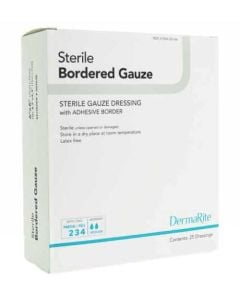
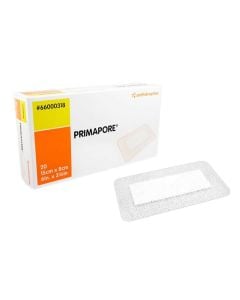
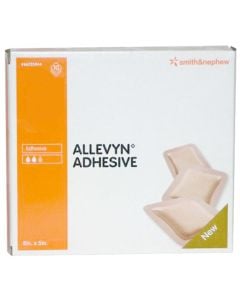


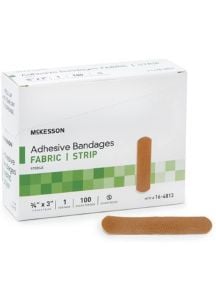
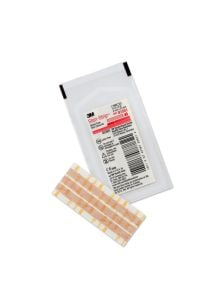
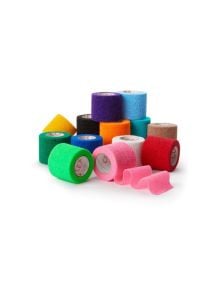
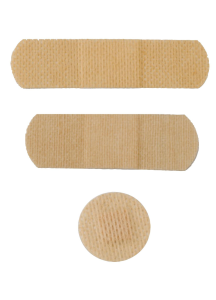
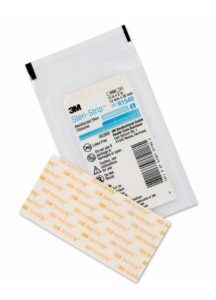
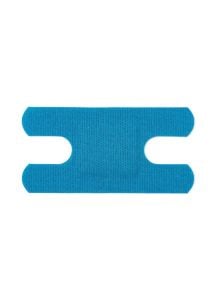
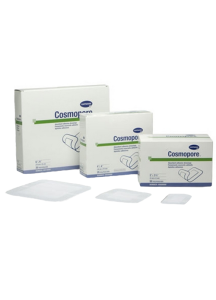
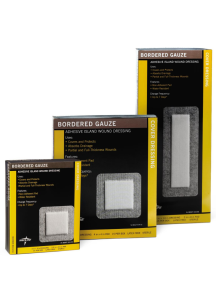
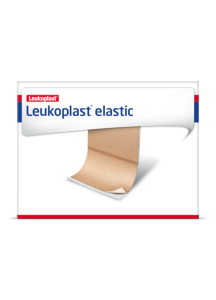
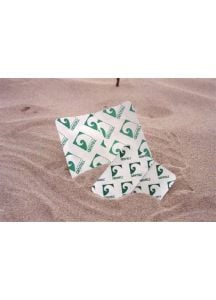
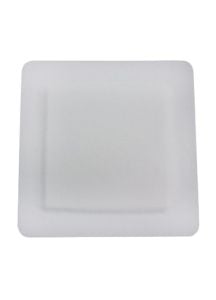
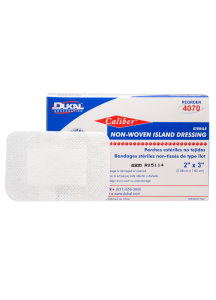
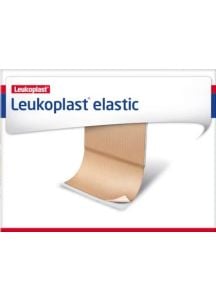
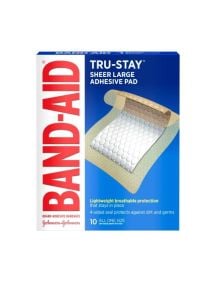
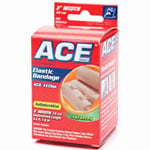
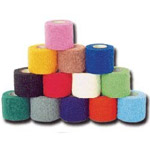
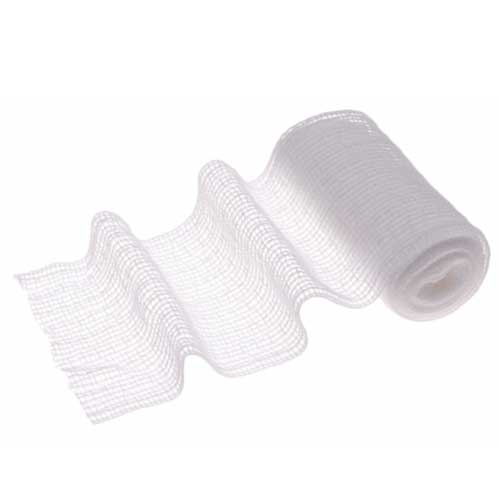
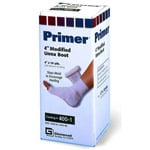
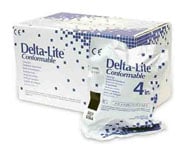
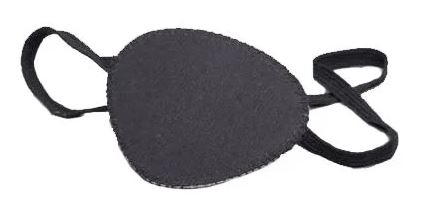
Login and Registration Form